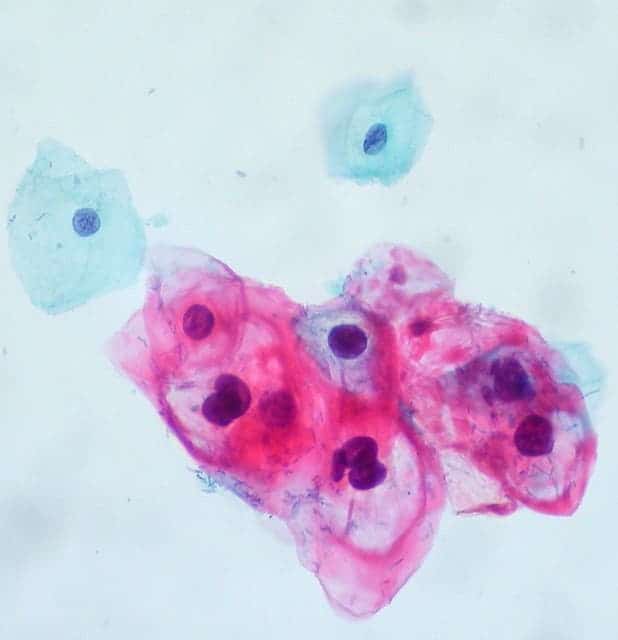In a new programme aimed to protect boys from the risk of HPV-associated cancers, British boys will now also receive the HPV shot, which is estimated to prevent 100,000 cancers by 2058.

What’s HPV
The Human papillomavirus (HPV) is the most common sexually transmitted infection in most parts of the world. In the US, it’s estimated that 79 million people (most of them in their teens or early 20s) are infected with the virus. You can get HPV by having vaginal, anal, or oral sex with someone who has the virus.
Even if they exhibit no symptoms at all, they can still pass the virus. Sometimes it takes years for symptoms to develop, which makes it difficult to assess when the first infection took place.
In most cases, HPV goes away on its own. There’s a good chance you might have had it at some point in your life and not even realized it. But when HPV doesn’t go away, it can cause
An estimated 561,200 new cancer cases worldwide (5.2% of all new cancers) were attributable to HPV in 2002, although in recent years, vaccination campaigns have brought that rate down somewhat. The vast majority of them were cervical or throat cancers — the latter of which can affect both men and women. HPV can also cause cancers in the vulva, vagina, penis, or anus.
HPV vaccination
Three vaccines of different types of HPV exist on the market, and they have proven extremely effective in protecting against HPV cancers. However, most campaigns focus on girls, since the main target is eradicating cervical cancer. Now, the UK will administer the vaccine to boys also, which is expected to prevent thousands of cancer cases every year.
The best time for vaccination is around 11-13 years old. It is recommended that the vaccine is administered before the recipient has started a sexual life. In the UK, boys aged 12 and 13 will be offered the vaccine in secondary schools as of the next term. Boys who are 14-18 can also get a jab, but they will need to pay for it.
This move has been hailed by the science and medical community. In Australia, the vaccine has been implemented for girls since 2007 and for boys since 2013. This resulted in the HPV rate for young women dropping from 22% to 1% — and similar trends are being reported in boys.
There is a realistic chance of eradicating most HPV-associated cancers for both men, and women, says David Elliman, immunization expert for the Royal College of Paediatrics and Child Health.
“In time, this will lead to a significant reduction in cancers of the anus, penis and head and neck,” he said.
“The latter is currently increasing in incidence, but this trend will be turned around as the vaccination programme takes effect in the future.”
Data recently published in the Lancet shows that HPV infections could be essentially wiped out from developed countries within decades. Data recently published in The Lancet showed an 83% reduction in infections in 15- to 19-year-old girls over five to eight years, with researchers finding “compelling evidence of the substantial impact of HPV vaccination programmes on HPV infections”. Australia, which was the first country to introduce a nationwide HPV vaccination programme in 2007, is on track to eliminate it within 20 years. A recent statement published in the British Medical Journal supports this higher vaccine coverage, emphasizing that it can eliminate cervical cancer, and substantially reduce a number of other cancers.
Unfortunately, there is still a stigma associated with HPV infections, as is the case with other sexually transmitted infections. This is why it’s so important to set up a universal vaccination programme and make sure that nobody is left out.


